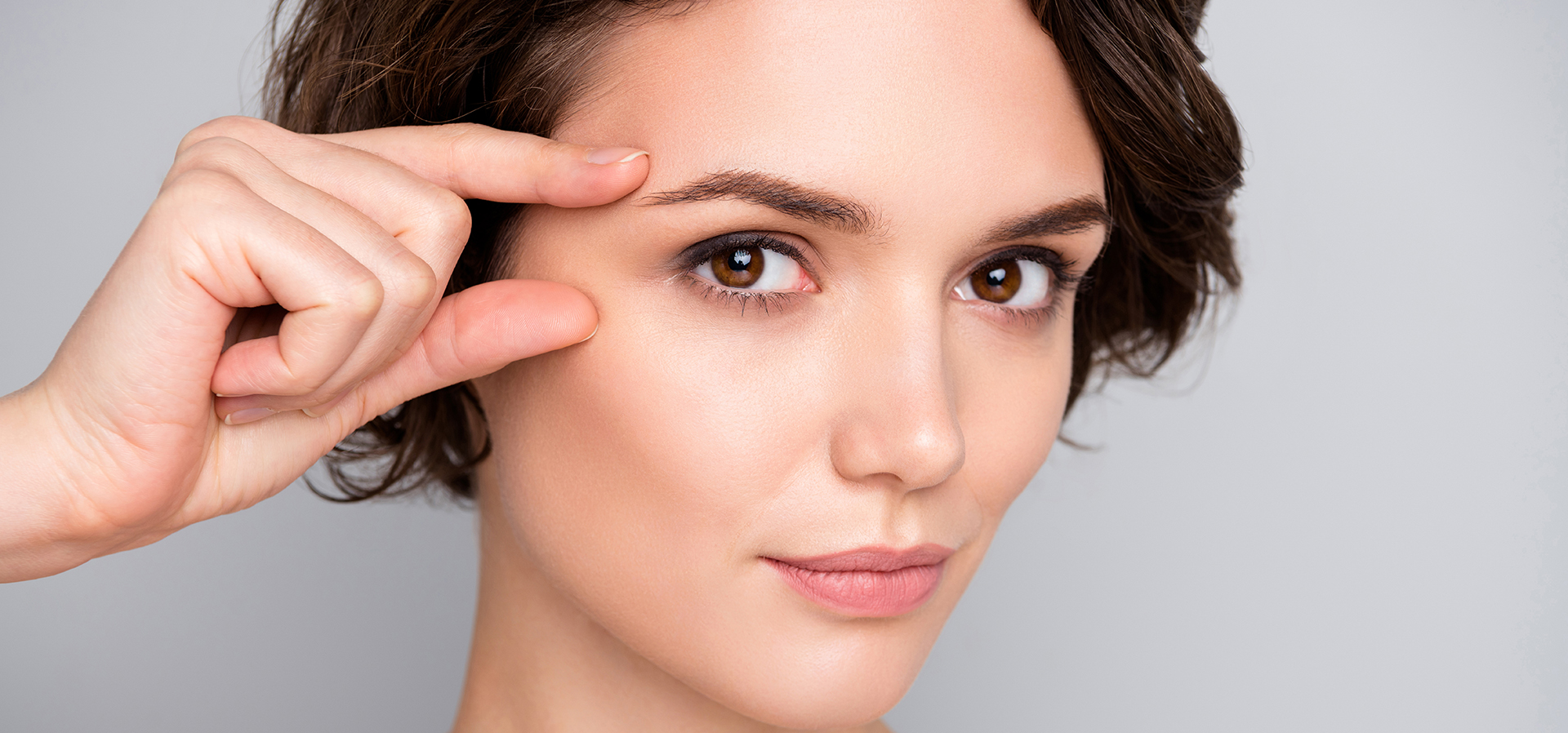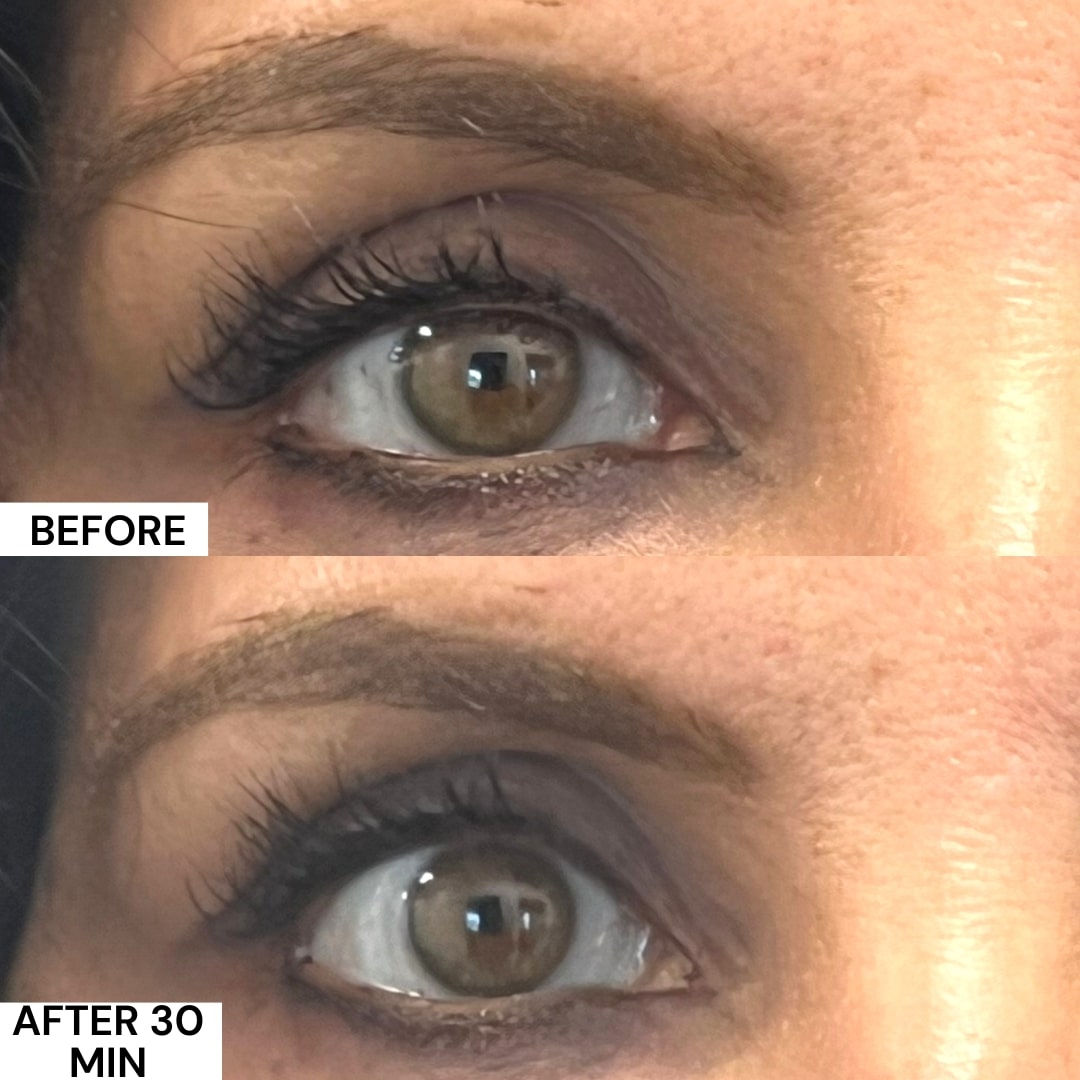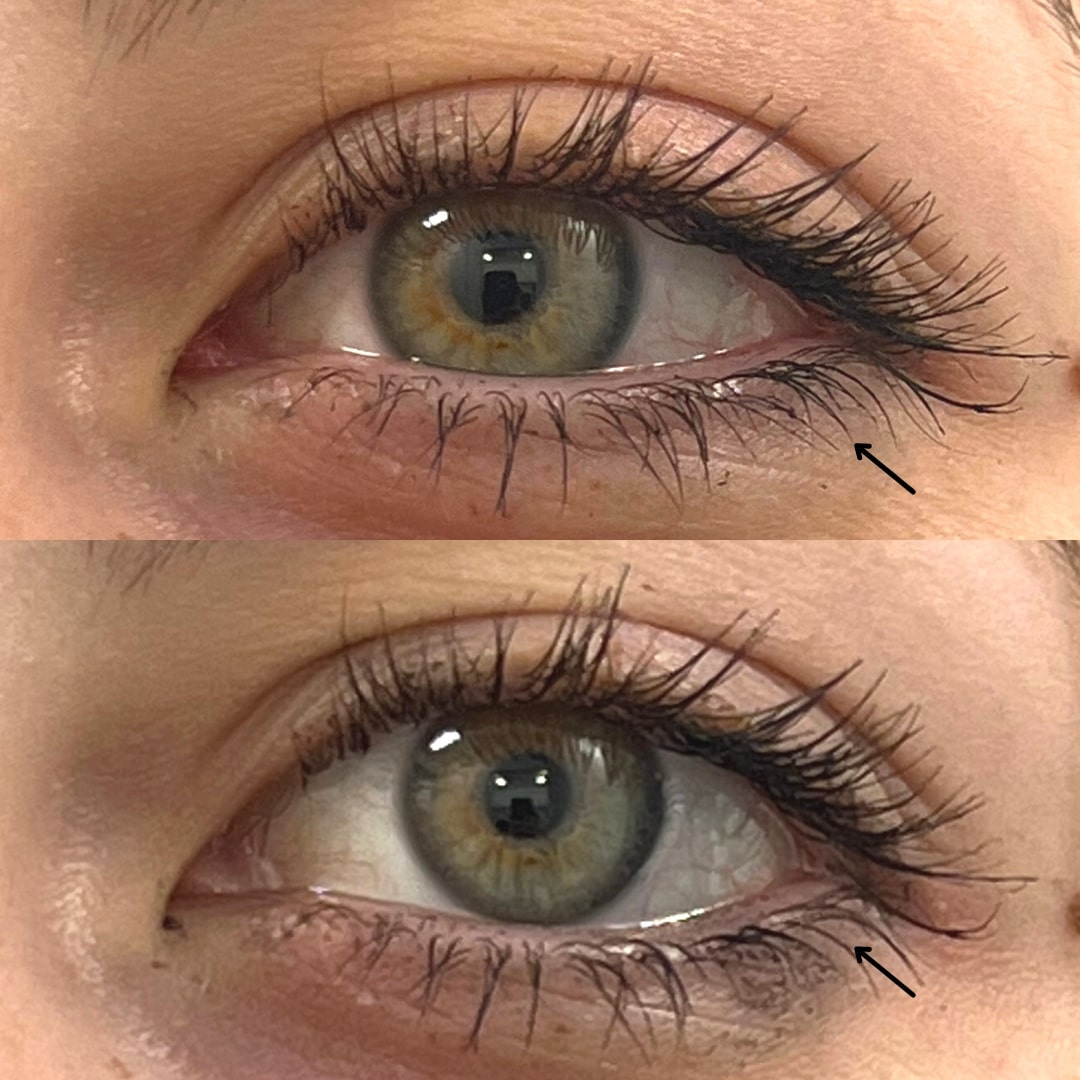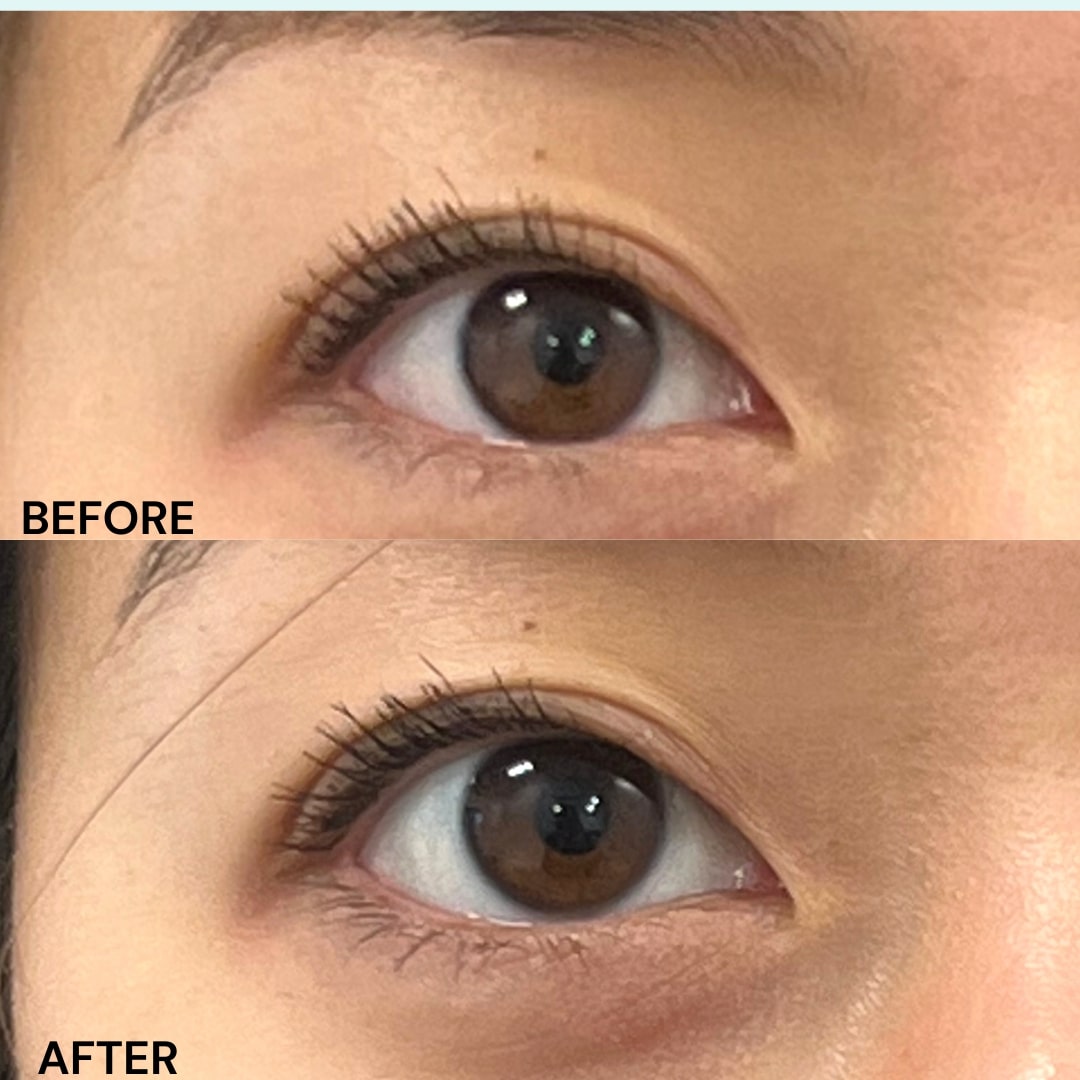Have your eyelids begun to sag? This is a natural phenomenon that some people experience as they age. Eyelid drooping is due to a loss of collagen and elastin fibers in the skin. While this isn’t indicative of a medical problem, it can obstruct your field of vision or, at the very least, make you unhappy with your look. Luckily, a simple eyedrop called Upneeq® can lift your lids and improve your look in no time at all. Schedule a consultation with our team today to learn more.
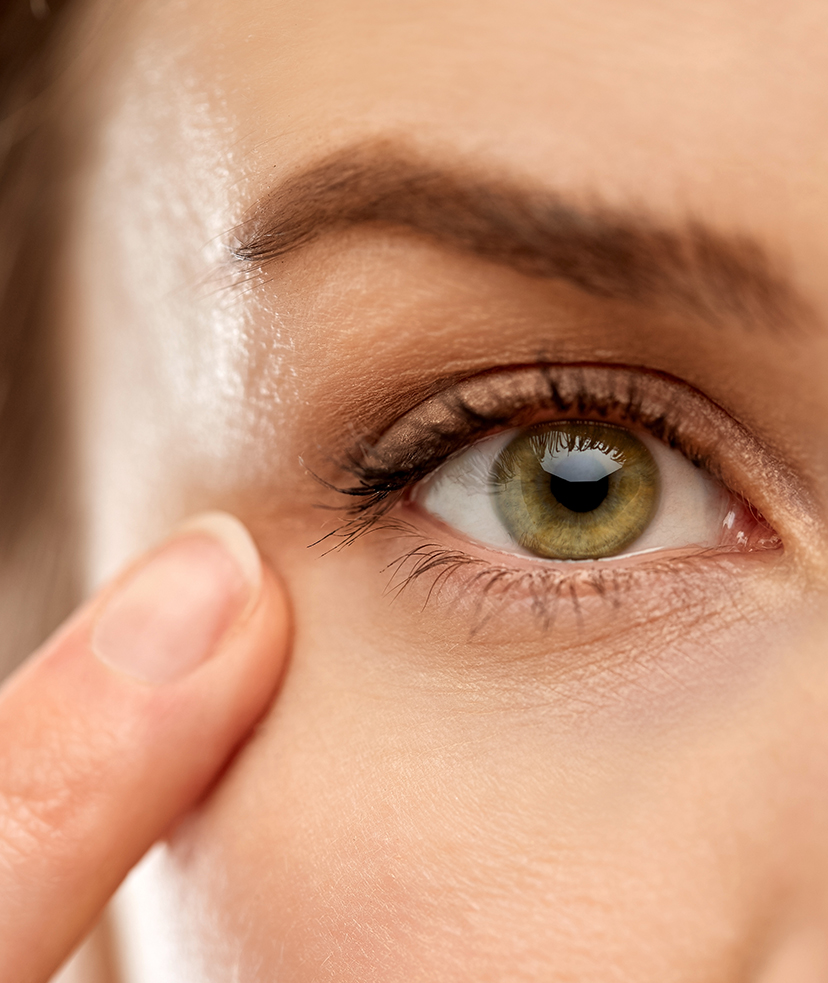
What is Upneeq®?
Upneeq® is the only FDA-approved prescription eyedrop for acquired ptosis (low-lying lids). This drop is made of an oxymetazoline hydrochloride ophthalmic solution that lifts your upper eyelids to open your eyes. It works by making certain eyelid muscles shorter and tighter. This results in a lift that exposes more of your eyes, creating a youthful appearance.
How Do I Apply Upneeq®?
Upneeq® is very easy to use. You can use it yourself, right at home, by following these two steps:
- Cut open the foil wrapper and remove the single-use vial.
- Apply one drop of Upneeq® in each affected eye as directed once daily.
Safety Precautions:
- Do not let the tip of the vial touch your eye or any other surface.
- Vials should not be re-used after opening and should be thrown away after applying drop(s).
- If you wear contact lenses, remove them before applying the eyedrops.
- You may put them back in 15 minutes after applying Upneeq®.
- If more than one topical ophthalmic drug is being used, the drugs should be administered at least 15 minutes between applications.
Results
This treatment acts quickly. In clinical trials, patients experienced a lift in their eyelids in as little as two hours after using Upneeq®. Some studies have shown that results can be seen in as little as five minutes after the first dose. Along with having an aesthetic effect, this medication can also improve your upper field of vision.
Before and After Photos
Find Upneeq® Ptosis Treatments in McLean, VA, or Potomac, MD
If you have droopy or sagging eyelids, Upneeq® may be right for you. This is a non-surgical and simple eyedrop that you can apply daily to improve the look of your lids in no time. Get in touch with our team at McLean & Potomac Dermatology to learn more about this treatment today.
Set up your consultation by calling us at (703) 356-5111.

